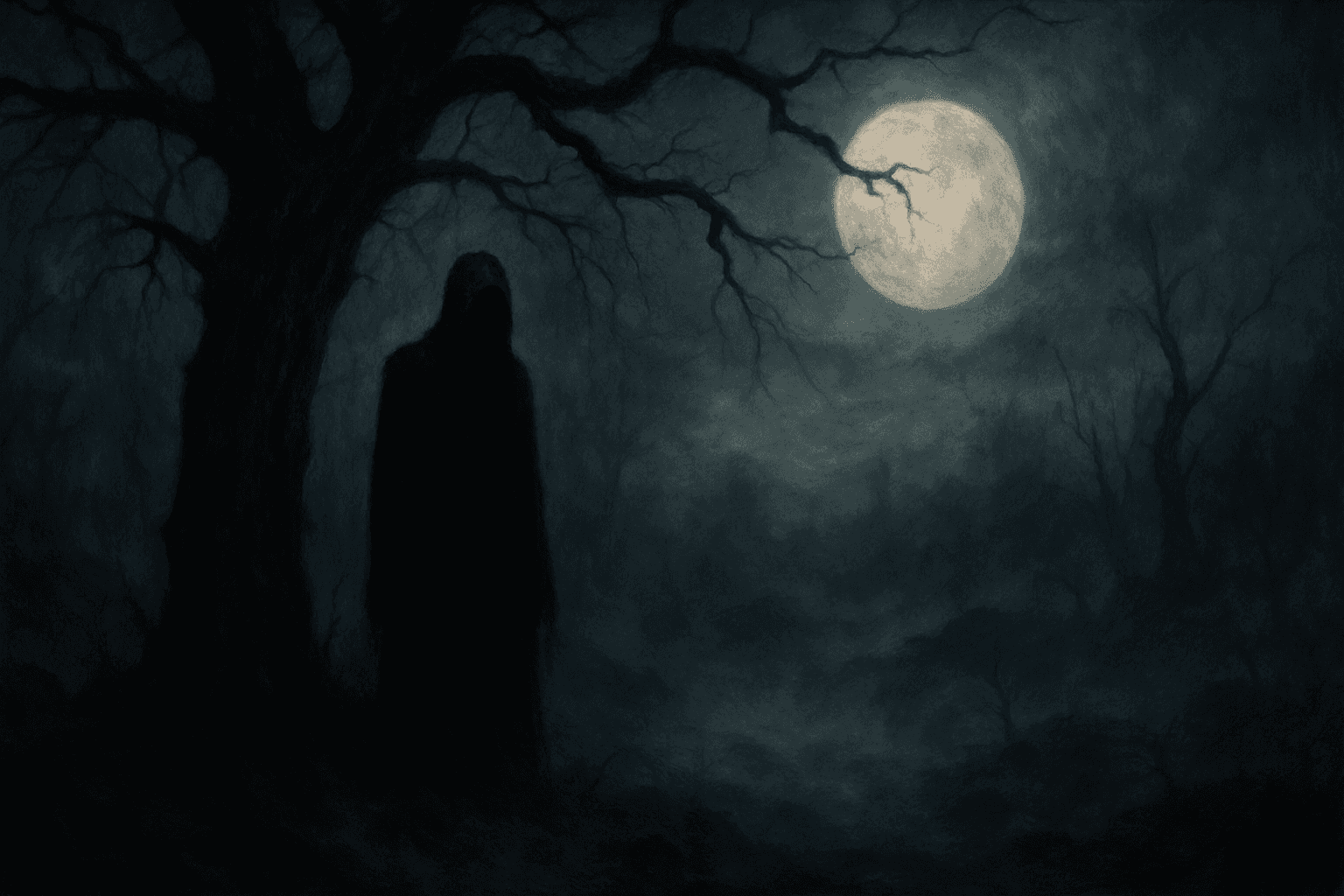Unveiling the Supernatural: Edgar Allan Poe's Haunting Narratives

Edgar Allan Poe is a master of the macabre, and one of the most compelling aspects of his storytelling is his deep dive into the supernatural. With every twist and turn, his narratives not only entertain but also provoke profound reflections on the human condition. This exploration of the unseen, the eerie, and the inexplicable serves as a mirror to our darkest fears and desires.
Take, for instance, the chilling tale of "The Tell-Tale Heart." Here, the narrator insists on his sanity while spiraling into madness, driven by an obsession with an old man's unsettling eye. The supernatural emerges not just in the act of murder but in the psychological torment that follows. The heart that beats beneath the floorboards becomes a haunting reminder of guilt, illustrating how the supernatural can often reside in our minds, blurring the lines between reality and delusion.
In "The Black Cat," we encounter another exploration of the supernatural intertwined with guilt and madness. The narrator's descent into alcoholism leads to horrific actions against his beloved cat, Pluto, and ultimately manifests in the form of a second cat that eerily resembles the first. This doppelgänger serves as a spectral reminder of his past sins, showcasing how the supernatural can reflect our moral decay and the consequences of our actions.
Poe also delves into the supernatural through the lens of death and the afterlife. In "The Facts in the Case of M. Valdemar," the protagonist's experiment with mesmerism leads to a chilling state where the boundaries between life and death blur. Valdemar's trance-like state, coupled with the horrific discovery of his rapid decomposition, raises unsettling questions about mortality and the unknown that awaits us beyond the grave. This narrative encapsulates Poe's fascination with the supernatural as a means to explore the fragility of life and the mysteries that lie beyond it.
But it’s not just madness and death that Poe examines; he also reflects on the role of storytelling itself as a supernatural force. In "The Thousand-and-Second Tale of Scheherazade," Scheherazade's tales captivate the heart of a vengeful king, illustrating how the power of narrative can transform fate. Her unfinished stories not only delay her execution but highlight the magical essence of storytelling, suggesting that the supernatural can be found in the very act of creation and imagination.
Through the lens of nature, Poe crafts eerie landscapes that resonate with the supernatural. In "A Descent into the Maelström," the terrifying whirlpool becomes a symbol of nature's overwhelming power, revealing humanity's vulnerability in the face of the unknown. The old man's harrowing experience serves as a reminder that the supernatural often lurks just beyond our comprehension, embodied in the forces of nature that can both inspire awe and instill terror.
As we journey through Poe's works, the supernatural serves as a haunting backdrop against which the complexities of human nature are laid bare. His characters grapple with guilt, obsession, and existential dread, often finding themselves ensnared in a web of their own making. This interplay between the supernatural and the human experience invites readers to reflect on their own fears and desires, revealing the darker corners of the psyche that we often shy away from.
In the end, Poe's exploration of the supernatural is not merely for shock value; it is a profound commentary on the human condition. His stories compel us to confront our own inner demons, reminding us that the most terrifying elements of life often reside within ourselves. So, as you delve into the eerie world of Poe, remember that the supernatural is not just an external force—it is a reflection of the complexities, fears, and mysteries that make us human.
Books: The Works of Edgar Allan Poe — Volume 2
Authors: Edgar Allan Poe
Publishers: Public Domain